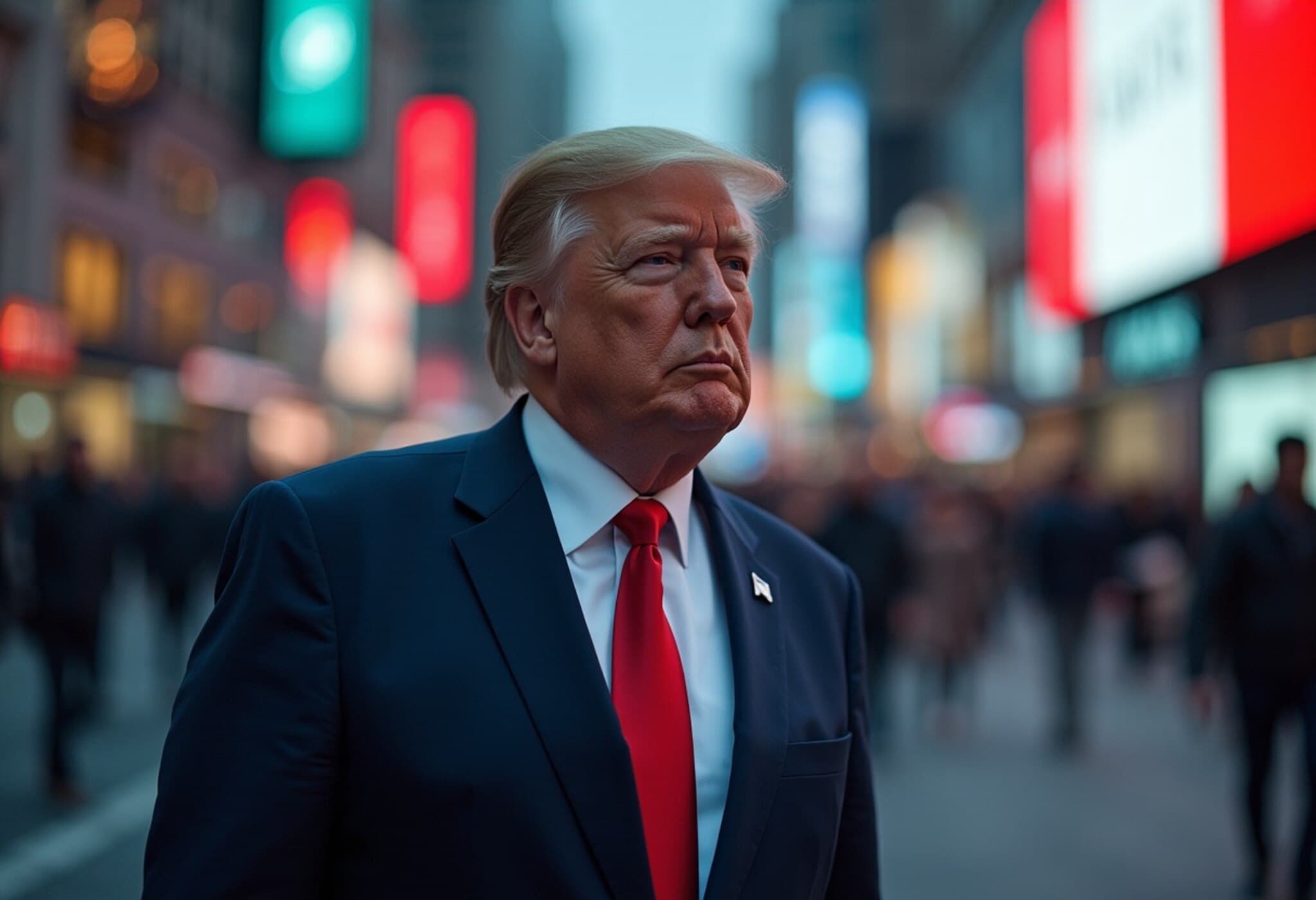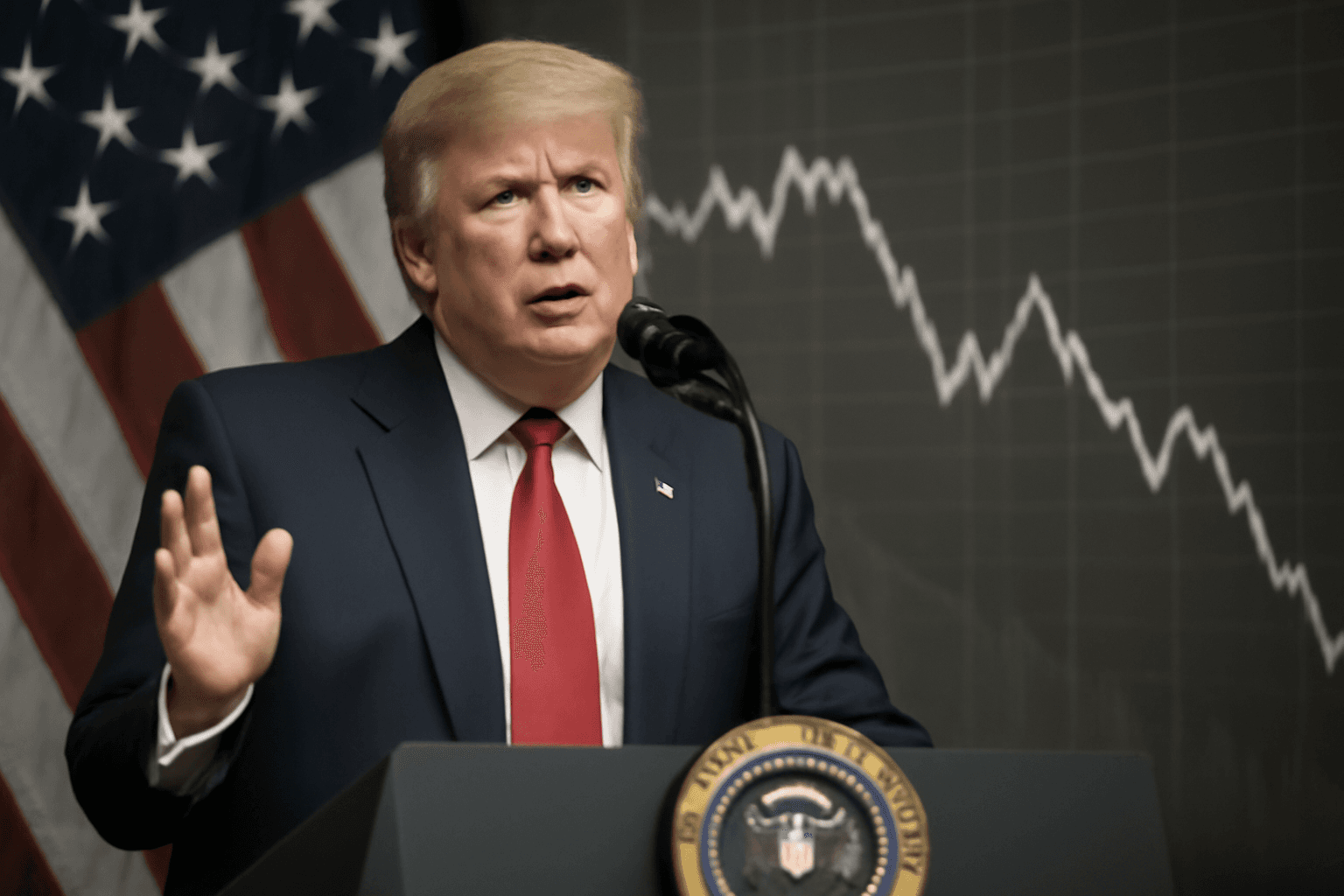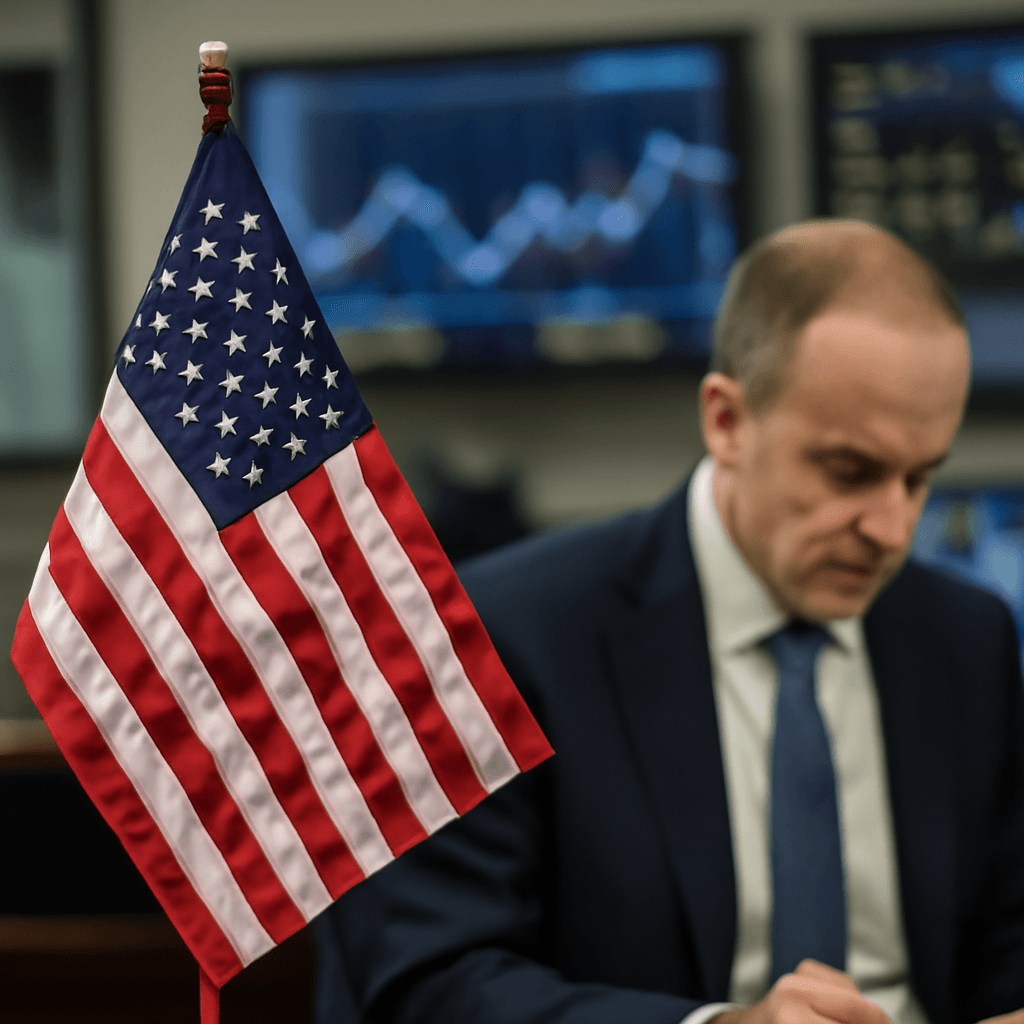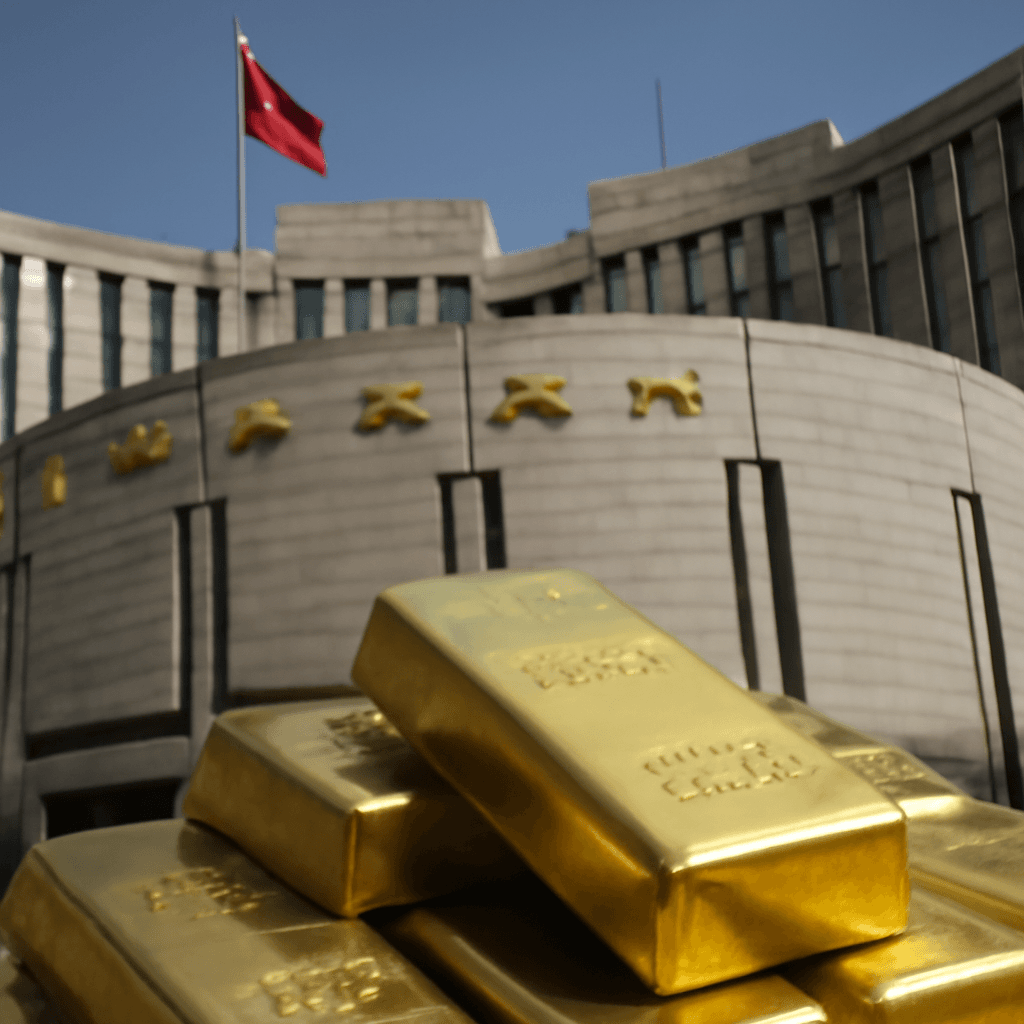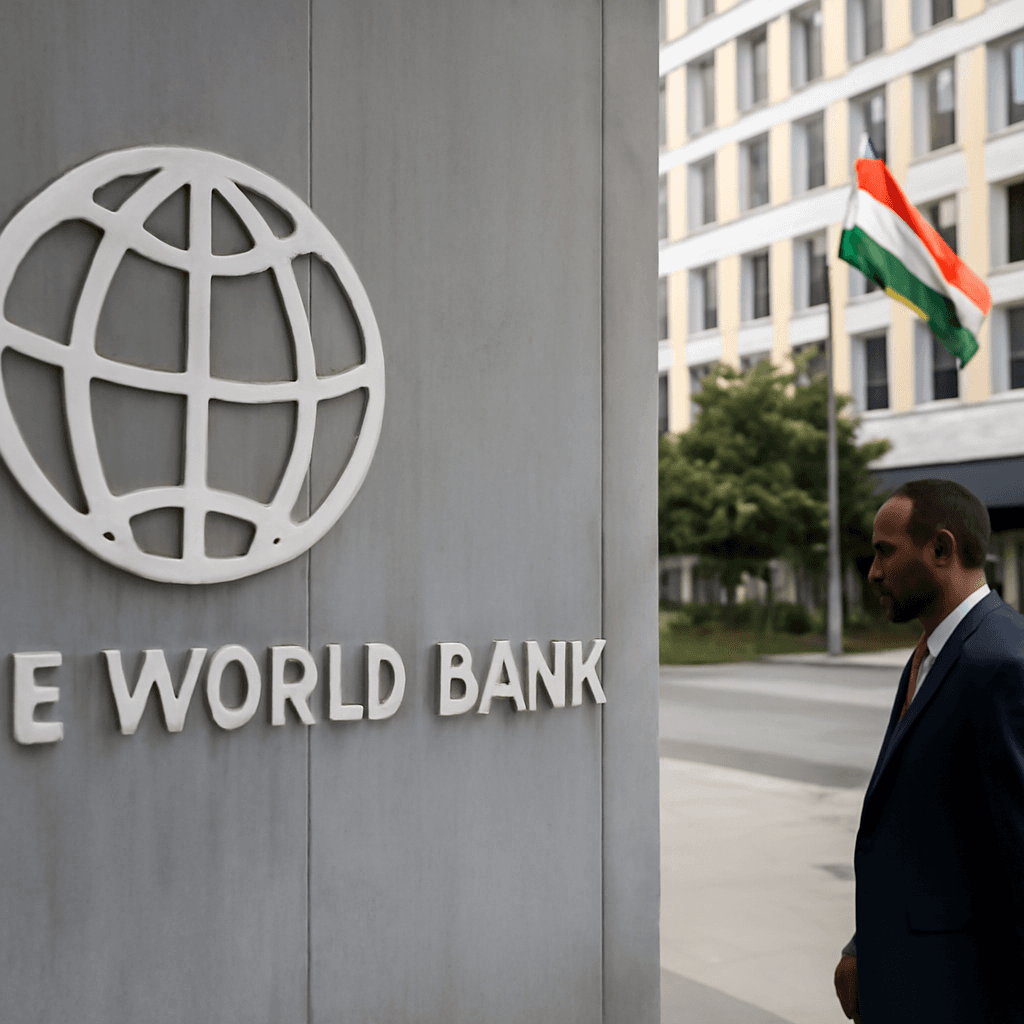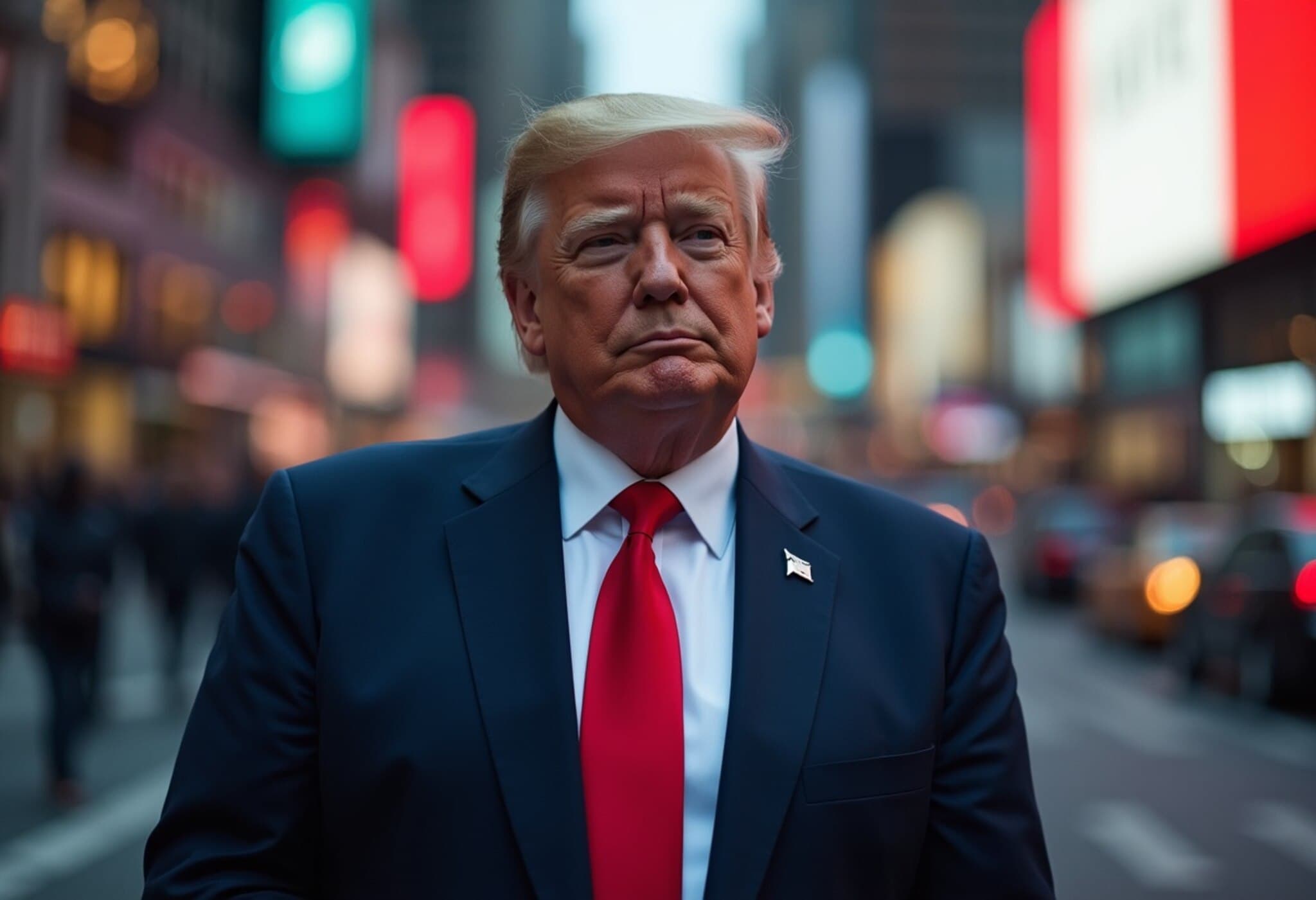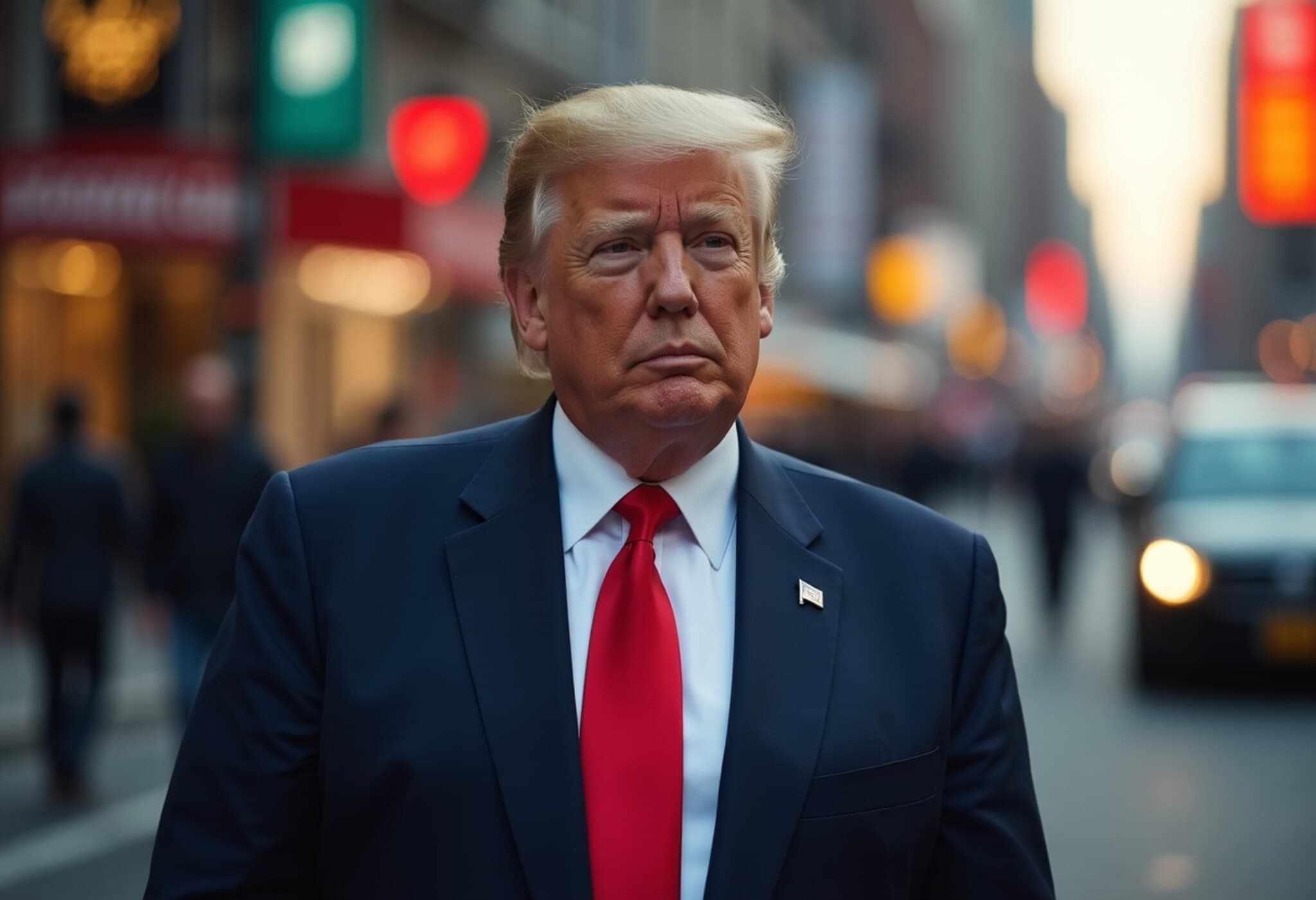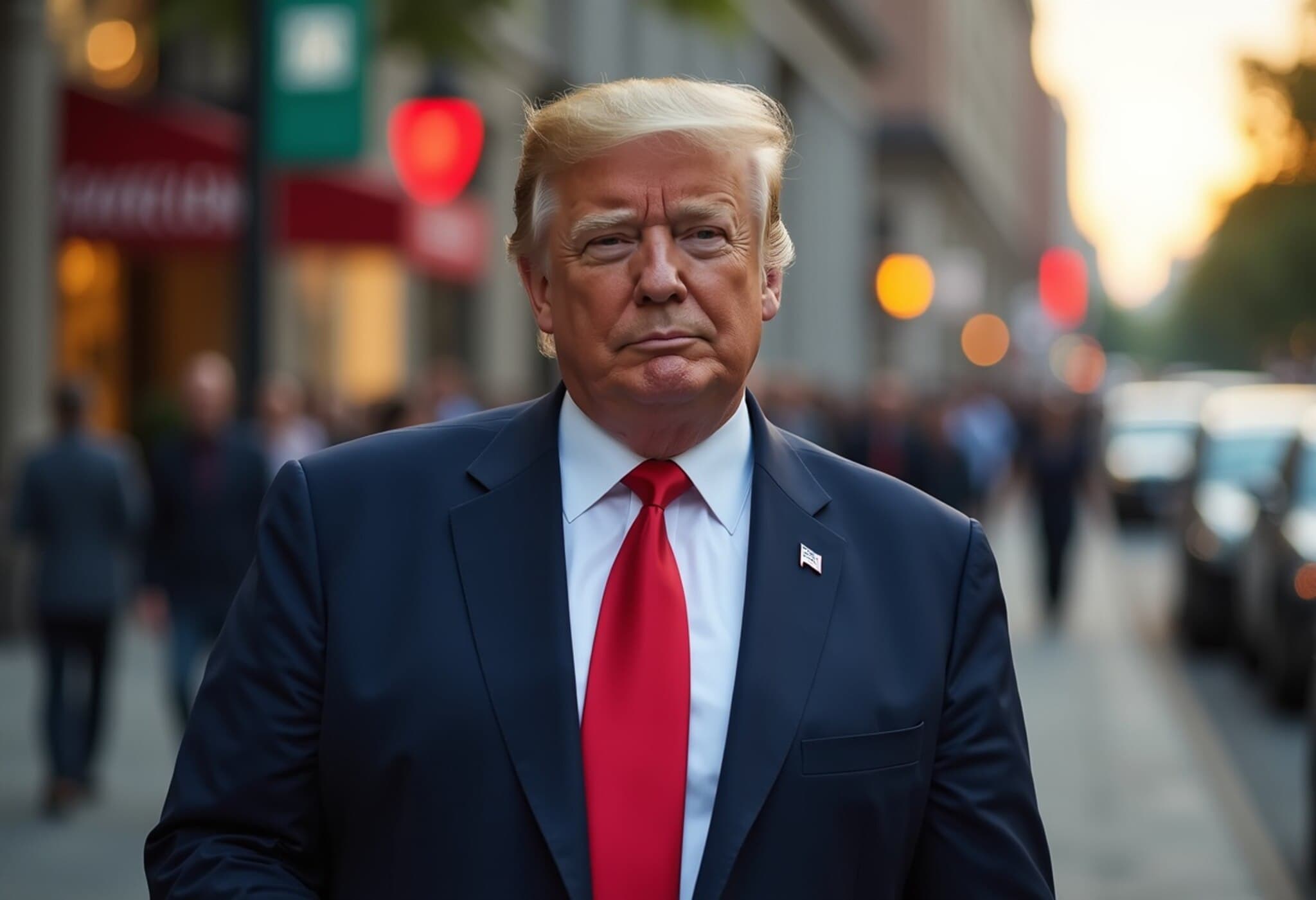European Markets Brace for Lower Opening as U.S. Tariff Announcements Loom
Traders across Europe are gearing up for a cautious start on Tuesday, with futures indicating a dip in major indices amid heightened uncertainty surrounding new U.S. trade tariffs. The latest data from IG suggests that the City of London’s FTSE 100 could open 0.3% lower, while Germany’s DAX and France’s CAC 40 are expected to edge down by about 0.1% each. Italy’s FTSE MIB futures also signal a marginal decline near 0.1%.
Global Markets React to Trade Policy Developments
This week has been marked by significant volatility as investors across continents try to decipher the complexity of the evolving U.S. trade strategy, particularly with a looming deadline on July 9th for potential tariff escalations. The stakes are high, with renewed tariffs anticipated to come into full force, affecting not just bilateral trade relations but raising broader concerns about the future of globalization and supply chains.
U.S. Treasury Secretary Scott Bessent, speaking on CNBC on Monday, hinted at several consequential announcements related to trade in the coming 48 hours. While he refrained from naming the specific countries involved, his remarks underscore how pivotal this period is for international markets and policymakers alike.
Asia-Pacific Markets Show Mixed Signals Amid Tariff Fears
Across the Asia-Pacific region, markets have experienced swings between gains and losses, reflecting investor apprehension following President Trump’s recent tariff threats. The president outlined plans to impose a 25% tariff on goods imported from several countries including Japan, South Korea, Malaysia, Kazakhstan, and Tunisia starting August 1. This broadening tariff landscape poses challenges for cross-border trade relationships and multilateral economic cooperation.
Expert Insights: Weighing the Broader Implications
From a policy analysis perspective, the announcement reveals a strategic shift with potentially lasting ramifications for global trade architecture. The imposition of tariffs on a diverse group of countries signals a more aggressive approach, targeting not only China but an extended network of trading partners. For analysts, this raises critical questions:
- How will these tariffs reshape supply chains already strained by recent global disruptions?
- What might be the ripple effects on inflation and consumer prices worldwide?
- Could escalating trade tensions catalyze more substantial shifts towards regional trade alliances or protectionism?
From an American economic policy standpoint, the Trump administration’s continued use of tariffs fits into a broader narrative emphasizing domestic manufacturing and trade leverage. However, business leaders warn that such moves risk igniting retaliatory measures and could undermine global economic recovery post-pandemic.
Looking Ahead: The Market and Policy Watch
Investors and policymakers should keep a close eye on several key upcoming events:
- The July 9 tariff deadline marks a critical juncture that could redefine trade dynamics for the near future.
- Announcements from the U.S. Treasury and trade negotiators, expected imminently, may provide further clarity or spark new market volatility.
- Responses from affected countries and potential trade partners could foreshadow diplomatic negotiations or escalations.
This evolving landscape places market participants in a delicate balancing act, weighing risks stemming from policy uncertainty against opportunities driven by adaptive business strategies.
Editor's Note
As European markets prepare for a tentative open, the broader question remains: how sustainable is the current trajectory of escalating tariffs? Beyond the daily price fluctuations, these trade policies are shaping the future framework of international commerce. Will governments find common ground to ease tensions, or are we witnessing the early chapters of a new era marked by economic fragmentation? Investors and observers alike must consider not only the immediate market reactions but the longer-term implications for global economic stability and growth.

